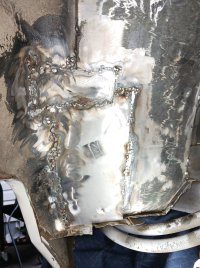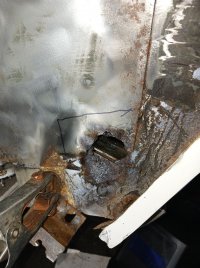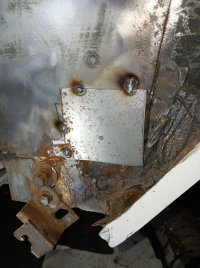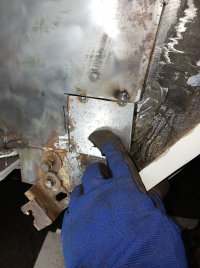Yes, the tack welded patch relies on the sealer to keep it dry. The skirt mounts are always a problem spot.
Had they sealed both sides you might not have found it.
Had they sealed both sides you might not have found it.
Went to NAPA and got a can of brushable seam sealer. This should work better than the tubes. No seams shall remain unsealed!!Well the good news is it not coming threw were you fixed. I like to use the paint-able water base extra grade sealer. A pick tool like a cotter key puller will pull off the dried-out loose factory stuff. Then when you put it back with a toss brush and a cup of water you can paint it into all those small places rather than just lay it on top. But think about an acid dunk. And opening up all those seams. I don't know how you could find them all to replace all of it.
As I had my head inside the Wheelwell grinding away the tar coating (....transferring the tar from the wheel well to my head....) I was thinking about where one draws the line. I think that besides cleaning where the seams are so I can apply the new seam sealer and, obviously, where I am going to be welding, I may just brush off the rest of the area to remove any loose dirt and then leave it at that.Right you are on both accounts. The bodies were not primed in all the under-body and interior places. Any welded joints were metal to metal the sealed with the tar sealer under the body undercoated. What paint drifted inside the nooks and crannies was all the hard spots got. So here you are over restoring it just imagine how much longer it will last.
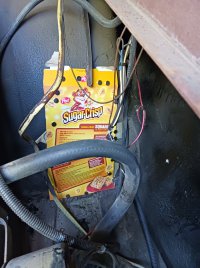
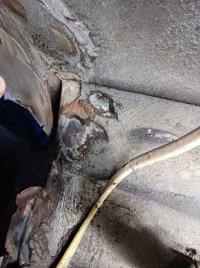
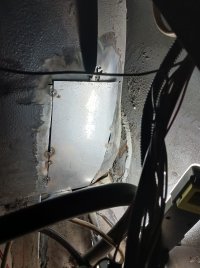
You will find with the tin going down is easier the up. You don't generate as much heat and gravity helps.
I want to butt weld the patches in the wheel wells if for nothing else, to learn how to do it. I think that the blowouts are probably caused by a combination of things such as the Superior metal being thinner because of 40 years of wear and tear, and by maybe not having both the patch and the Superior tin completely lined-up, ( ------- __________ ) so that by the time the lower tin gets to the proper temperature, the higher tin has already burned through.One other good way is to make your patch bigger then your hole. Then use screws to hold it down in place. When you get it tacked in place pull the screws out and weld the holes shut. You will find a number of places on the car were they did the fill the hole in the corner trick. The one had me shaking my head was a large gap on one between the quarter and the wheel house. The stuffed cotton wads in and sealed over it.
